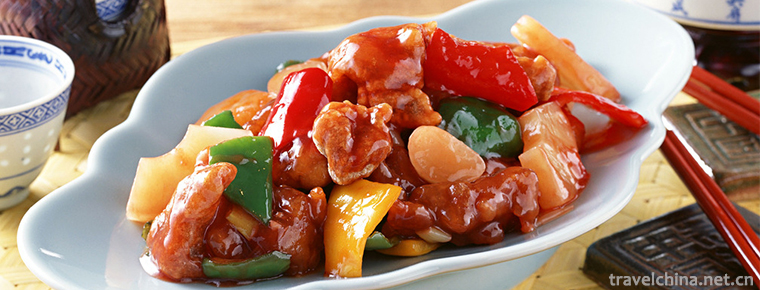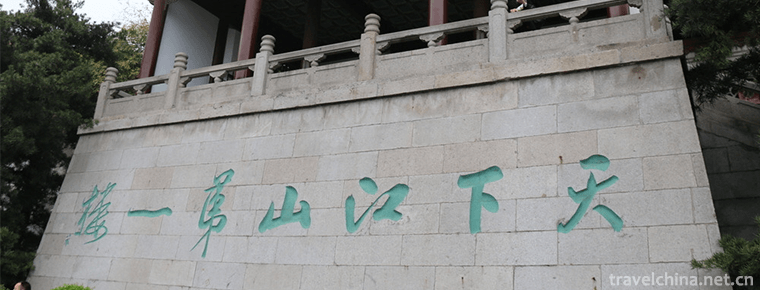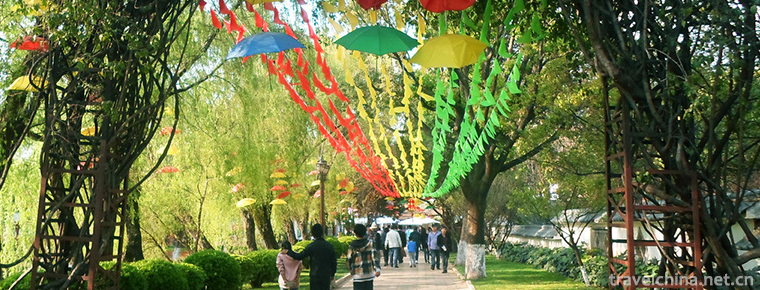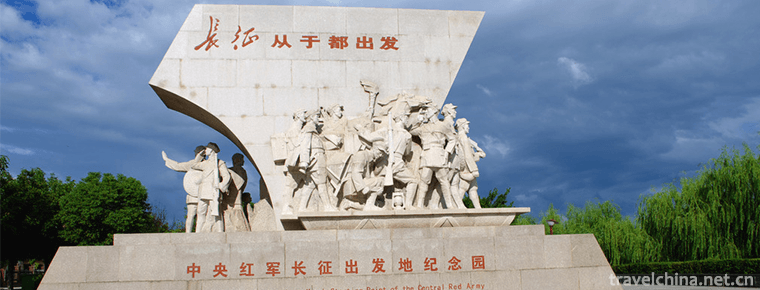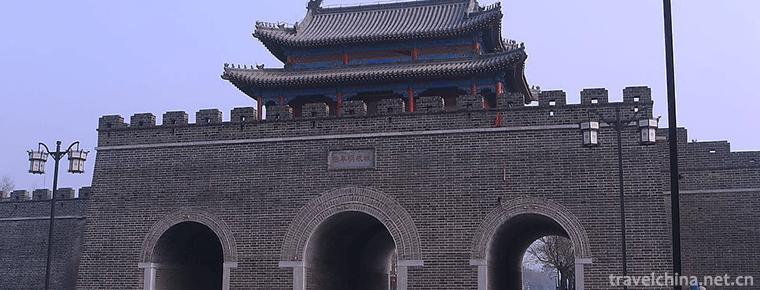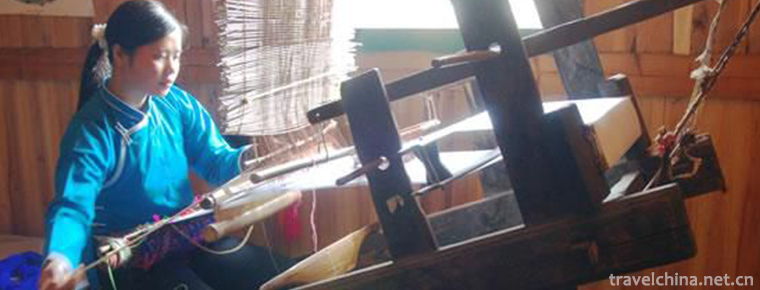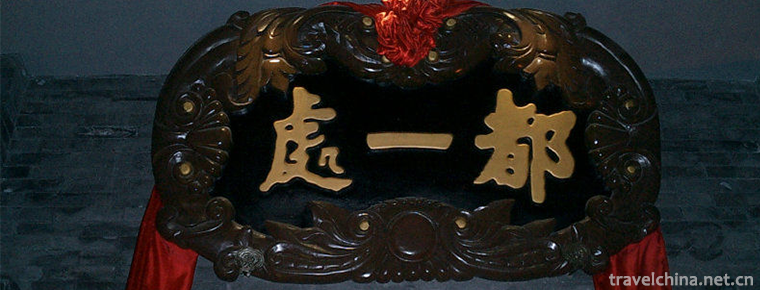Manufacturing Techniques of Spotted Copper
Manufacturing Techniques of Spotted Copper
The bronze production technology, the traditional handicraft of Qujing City, Yunnan Province, is one of the national intangible cultural heritage.
The fabrication process of bronze is complex and the technical requirements are very high. When gold and silver are doped into the copper, other metals that can not be completely fused will appear a special glow spot and form bronze. Craftsmen use speckled copper to make objects. After polishing the surface, the natural effect of the speckled copper will appear on the bronze-colored base, and the speckles and shadows of the objects are the same.
In June 2008, the bronze production technology was approved by the State Council of the People's Republic of China and included in the second batch of national intangible cultural heritage list of traditional skills, project number_-118.
historical origin
In the pre-Qin period, Yunnan was famous for its bronze wares.
During the Qin and Han Dynasties, Zhuti and Tanglang (now Zhaotong City, Dongchuan County, Huize County, Yunnan Province) produced "Zhu Tixie" and "Tanglangxie" bronze wares which were sold all over the country.
In the Ming Dynasty, Yunnan bronze craftsmen used the natural bornite ore near Dongchuan to produce bronze products such as figures, animals, antique bottles, tripods, stoves, pots and barons by cold forging, which opened up a new way for the production of bronze wares.
Process characteristics
Spotted copper is divided into "raw spot" and "ripe spot". Spotted copper is processed from high-grade natural copper ores. Spotted ore is rare, raw materials are not easy, products are few and very precious. Spotted copper is processed by unique smelting and casting process with complex technology, but rich raw materials and many products. Raw spot products have bright crystal spots, rich and elegant, light weight, natural color, good stereoscopic and luster. The main varieties are incense burner, wax table, chafing dish, tripod, box, bottle and various crafts.
Raw spot products are made of high-grade copper raw materials, with bright crystal spot, rich and elegant, light weight, natural color, good stereo and luster. "Beautiful in spots, precious in thick". The surface of copper utensils presents a number of dots and irregular block-like stereoscopic spots, like inlaid into a number of red-gold crystals, natural crystal, simple and elegant shape, golden flare dazzling, practical and ornamental value is very high.
The surface of the bronze wares is cherry or orange or coffee as the background color. In the background color, there are golden yellow, irregular metal crystalline markings. The color of the bronze wares is golden red and golden yellow, and the pattern is magnificent. Therefore, it is named "Spotted Copper". It is famous for its "spot" color, golden yellow, orange red, cash, ribbed copper back, golden color, delicate and elegant cleavage, unique material and texture, strong national style, solid shape, simple and elegant, bright and dazzling, rich in natural beauty, exquisite artistic skills, profound cultural heritage, so it has high artistic value, cultural value and quotient. Industry value, at home and abroad have a certain visibility. These orange-colored objects with crystalline markings are like heavenly objects, which are evenly distributed on the surface. Even if the light is dim, they can not hide their light. They are like bottles filled with gems, which emit brilliant light. Close to careful observation, we can see the traces left by hammer on the bronze ware. Crystalline markings are integrated with the bronze ware. The different light surface markings are arranged irregularly on the surface of the bronze ware, reflecting different light and color. Yunnan spot copper is a model of perfect combination of technology and art.
Because of the different objective conditions in the production of bronze, the speckles of bronze handicraft are absolutely the same. According to the shape of speckled copper, it can be classified into six categories: irregular speckle, mosaic speckle, stripe speckle, willow leaf speckle, granular speckle and plum flower speckle. Some of these markings are ordinary ones, while others are rare boutiques. The principle of speckle formation is still unclear, and the generation of speckle is very random. The surface characteristics of Yunnan Spotted Copper are color and spot. The color of authentic Spotted Copper is warm and saturated cherry red, while the gold spot with layer feeling is the best. The subtle variations of the speckles are unique and can be called the crown of metal technology.
Technological process
Spot copper production process is complex, and the technical requirements are very high. Generally, it takes two or three months to complete through forging, forming, burning, speckle, exposed spot and other twenty or thirty processes.
For the most important process of bronze production, the older generation's practice is rather peculiar and pious. It has always been necessary to burn incense and pray for a sunny and windy night in order to burn and show spots. "Burn spot" is the most exciting link, the older generation called it "treasure by fire". In order to use the best chestnut charcoal, the copper wares which have been pounded ten million times are put into the charcoal fire and let it be burned. Temperature control is based on experience. The temperature is too low to be spotted in the later stage. If the temperature is too high, the bronze ware will be burned out. And "appearance" is a surprising link, which is considered by the elders as "the most beautiful moment". After many times immersion of plant medicinal liquid passed down from generation to generation, colorful patterns gradually appeared on the bronze wares. Under the combined effect of natural creation and ingenuity, a beautiful speckled wares took shape.
There are dozens of processes in the production process of raw spot copper, which mainly include the following steps:
Selection of natural copper
The selection of natural copper is rather harsh. The size of Raw Brass utensils to be modeled depends entirely on the volume of natural copper ore mined, and must also be high-grade natural copper. The quality of raw porphyry copper crystallization is directly related to the quality of selected natural copper ores.
Elimination of impurities
Use chisel and other tools to remove impurities from natural copper.
Basic forging
The natural copper was forged repeatedly with hammer to complete the initial shape of the vessel.
- Spot crystallization
By calcining tools in a small workshop and fine control of temperature in calcination process, other metal grains in natural copper, i.e. twin spots, can be recrystallized to obtain different sizes of crystal spots. Temperature control is the key technology of crystallization, which Zhang Jia kept secret.
Orthopaedics
The above process is repeated dozens of times, sometimes due to the inevitable defects in the natural copper during forging or burning process and the previous work is discarded.
- Boiled and exposed spots
Zhang Jia kept his mouth shut about the key technology.
Fine polishing and post-treatment of shaped utensils
Whole polishing, scrubbing and polishing of utensils are carried out. Finally, in order to prevent the oxidation and discoloration of utensils, anti-oxidation treatment is also needed.
Raw spot copper process takes a long time to produce. Usually, it takes about a month to complete a common-looking vessel.
Inheritance and protection
Inheritance value
Yunnan Spotted Copper is unique in that it is "beautiful in spots, precious in thick". This special artistic charm of other metal crafts is created by Yunnan's unique copper processing technology. It is unique in traditional Chinese crafts and can be called the perfect combination of nature and human wisdom.
Inheriting characters
Zhang Kekang, male, Han nationality, born in 1955 in Huize County, Yunnan Province. In June 2009, Zhang Kekang was selected as the representative successor of the third batch of national intangible cultural heritage projects and declared by Qujing City, Yunnan Province.
protective measures
Kunming Spotted Copper was mainly inherited in the family before. After the founding of New China, Yunnan Handicraft Administration centralized a group of Spotted Copper artists to produce on a large scale. Kunming Arts and Crafts Factory was established in 1978, with a special bronze workshop.
In 1980, the bronze workshop was changed to Kunming Bronze Factory. They not only produce traditional craft products, but also develop modern theme products. In modelling, it not only inherits and develops the traditional features, but also absorbs the artistic nutrition of ancient Yunnan bronze and Central Plains bronze culture, and combines modern sculpture techniques and advanced crafts, with a concise decorative pattern on the premise of fully displaying the characteristics of patches, so as to achieve the perfection and unity of art.
social influence
Honorary commendation
In February 1915, the red copper chrysanthemum pot, made by Zhang's Bronzer in Dongchuan, Huize, Yunnan Province, was exhibited at the Panama Pacific World Expo held in San Francisco, USA, and won the silver prize.
Domestic influence
In 1958, a number of exquisite works, such as colored stone screens, ashtrays and peacock bottles, were the first major display works of art in Yunnan Hall of the Great Hall of the People, which was also the first time that Yunnan bronze spot exhibited its artistic charm publicly in China.
Bronze works have a number of representative works, such as Niu Hu case, peacock bottle, stag, elephant, peacock king, rhinoceros, fumigator and so on. They have been awarded the title of high-quality products by the Ministry of Light Industry and provinces and cities for many times, and have been used as national collection treasures and national gifts to foreign heads of state.
Huize Spotted Copper was designated to make the second traditional national sports cup in Yunnan Province.


-
Pineapple Sweet and Sour Pork
Gu Lu meat, also known as the ancient meat. It is a special dish in Guangdong. This dish dates back to the Qing Dynasty. At that time, many foreigners in the city of Guangzhou .
Views: 147 Time 2018-11-02 -
Huanghelou Park Wuhan
Wuhan Yellow Crane Tower Park: The Yellow Crane Tower on Snake Mountain in Wuchang is one of the three famous buildings in the south of the Yangtze River..
Views: 158 Time 2018-12-12 -
Grand View Park
Daguan Park is located in the Dianchi Lake, about 2 kilometers west of Kunming City. It was built in the first year of Hongwu in the Ming Dynasty (1368 A.D.). In the thirty-fifth year of Emperor Kangx.
Views: 188 Time 2019-01-06 -
Hongjundu Xiwudang Mountain Scenic Area
Hongjundu Xiwudang Mountain Scenic Area is the starting point of the Long March of the Four Red Armies, the memorial site of the Campaign of Strong Crossing Jialingjiang River, the national patriotic.
Views: 81 Time 2019-01-16 -
Qufuming Old Town
Qufuming Old Town: World Cultural Heritage, one of the three holy cities in the world, national AAAAA tourist attractions, National Scenic spots, national key cultural relics protection units, one of .
Views: 359 Time 2019-02-07 -
Treasure roll
Baojuan is a traditional Chinese literary form of rap and singing, which evolved from the folklore in the temples of Tang Dynasty. Most of the authors are monks and nuns..
Views: 499 Time 2019-04-04 -
Dong Brocade Weaving Techniques
Dong brocade weaving technology, the traditional handicraft of Tongtong Dong Autonomous County in Hunan Province, is one of the national intangible cultural heritage..
Views: 151 Time 2019-04-27 -
Duyi barley roasting technology
Duyi Maiguan was opened in 1738, the third year of Qianlong in Qing Dynasty. The entrepreneur's surname is Wang, and his native place is Shanxi. For the first time.
Views: 204 Time 2019-04-28 -
Luoji Mountain Scenic Spot
Luoji Mountain scenic area is located in Puge County, Sichuan Province, with a total area of 2400 square kilometers, of which the main scenic area is 1083 square kilometers, and the main peak is 4359 meters above sea level..
Views: 71 Time 2020-10-16 -
Recommended routes for Chengdu Giant Panda Base
Recommended routes for Chengdu Giant Panda Base,Recommended route (1.5 hour tour).
Views: 181 Time 2020-12-13 -
Suining transportation
Suining is a transportation hub city in Sichuan Province, with an equal distance of 128 km between Suining and Chengdu Chongqing. It is an important node city and secondary comprehensive transportation hub between Chengdu and Chongqing. 237km "3-way 7-line" railway.
Views: 123 Time 2020-12-16 -
Dazhou Technology
In 2019, Dazhou has 66 national high-tech enterprises, and the main business income of high-tech industry is 34 billion yuan. There are 1 national level maker space and 1 star innovation space, 6 provincial science and technology enterprise incubators.
Views: 191 Time 2020-12-20
